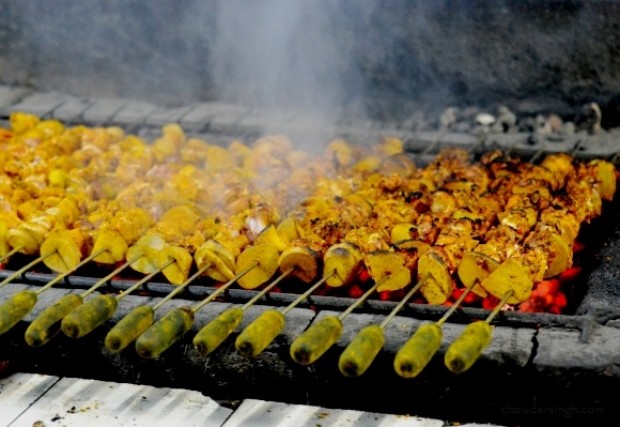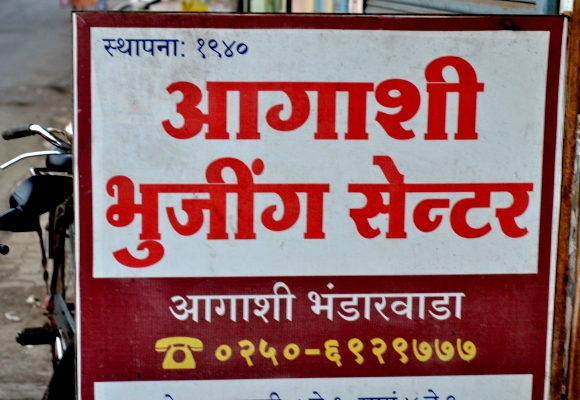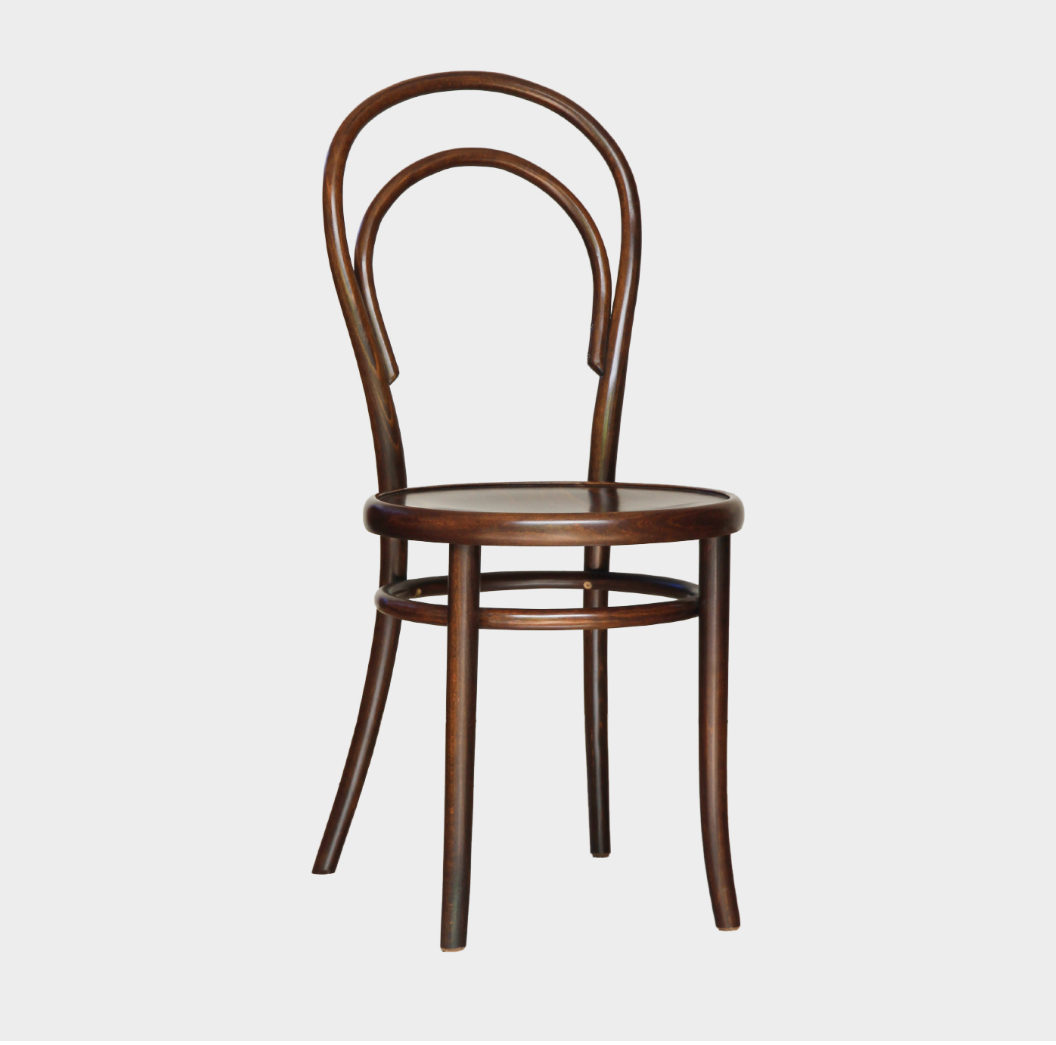
Bhujing was invented in Agashi, a sleepy hamlet in Virar, a western suburb of Mumbai. Technically it’s part of Palghar district adjoining Mumbai. But as it’s one of the last stops on the Western suburban local train line. Many people from Virar and Vasai travel to Mumbai for work on a daily basis and hence part of the greater Mumbai metropolitan region. It was under Portuguese occupation from 1534 till 1739, when the Portuguese lost to the Marathas in the battle of Bassein. I discovered Agashi Bhujing Centre in 2015 when someone told me about this unique dish found only in Virar. Though Agashi Bhujing Centre has been open since 1940 and has a cult status in Virar and Vasai. It’s not really known outside of the region.
A fast train ride on the local suburban and an hour later I was at Virar station. The fast trains are the best and fastest way to get to Virar and Vasai as they have fewer stops in between and by road, it’s a long journey of atleast 3 hours considering the traffic on the roads. But the fast trains are not the best way to travel when getting down at Bandra, Andheri or Borivali. The trains are very crowded during rush hours and very tough to get down with the large number of people trying to get in. Plus mostly you’ll get to hear snide remarks “Apne train mein jao” (you should travel on the slow train for these stations)

A quick auto ride from Virar station and I was at Agashe, a sleepy hamlet with a village like atmosphere. The owner was kind enough to take me to the kitchen and explain the process of how Bhujing is made. Chicken chunks are skewered with potato marinated spice mix of cumin seed, turmeric, salt and coriander seed, then roasted on charcoal. It’s cooked with some oil and sliced onion in an aluminium vessel with a lid on top. One cooking lesson I learnt at Agashe Bhujing Centre was to add water on top of the lid. This prevents the food inside from burning. The cooked chicken and potatoes are finally mixed with poha (flattened rice). Then mixed with a freshly ground spice mix of cinnamon, cardamom, cloves, garlic, green chilly and dry coconut. The poha used in Nylon poha, a thin version of poha, that doesn’t require cooking and the heat of the chicken is enough to cook it.
Bhujing was probably invented as a snack to go along with the local brew tadi (palm toddy) at Agashi Bhujing Centre. But now is part of everyday life in Virar and Vasai. I haven’t seen this dish outside of the region, but within Virar and Vasai, it has a cult status.
Happy hunting and chowder-on!
Categories:
Tags:

The Irani Cafe Chair – Defining What Is An Irani Cafe

Mumbai’s Infamous Eggless Omelette

The 20 Types of Indian Vegetarians